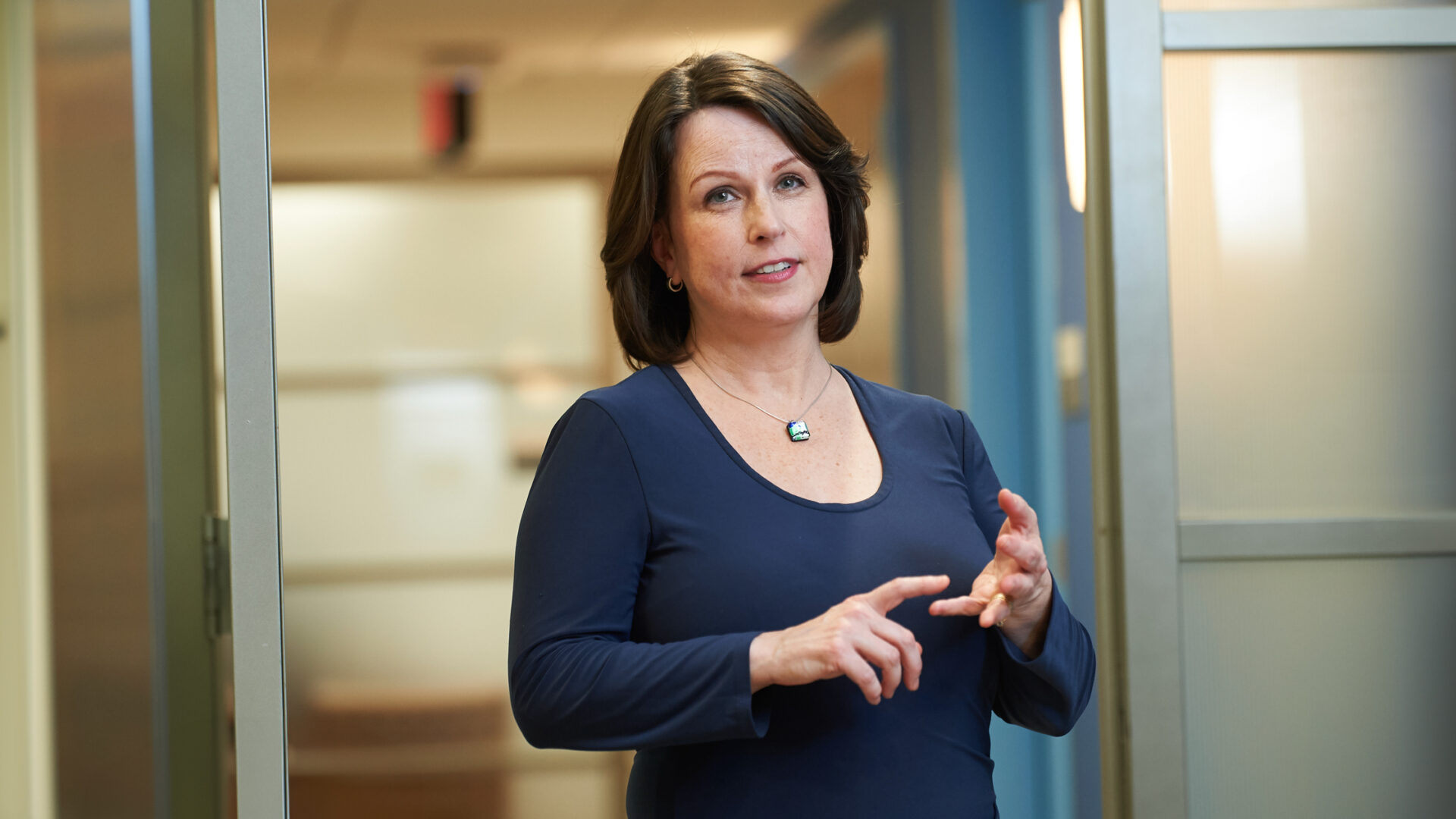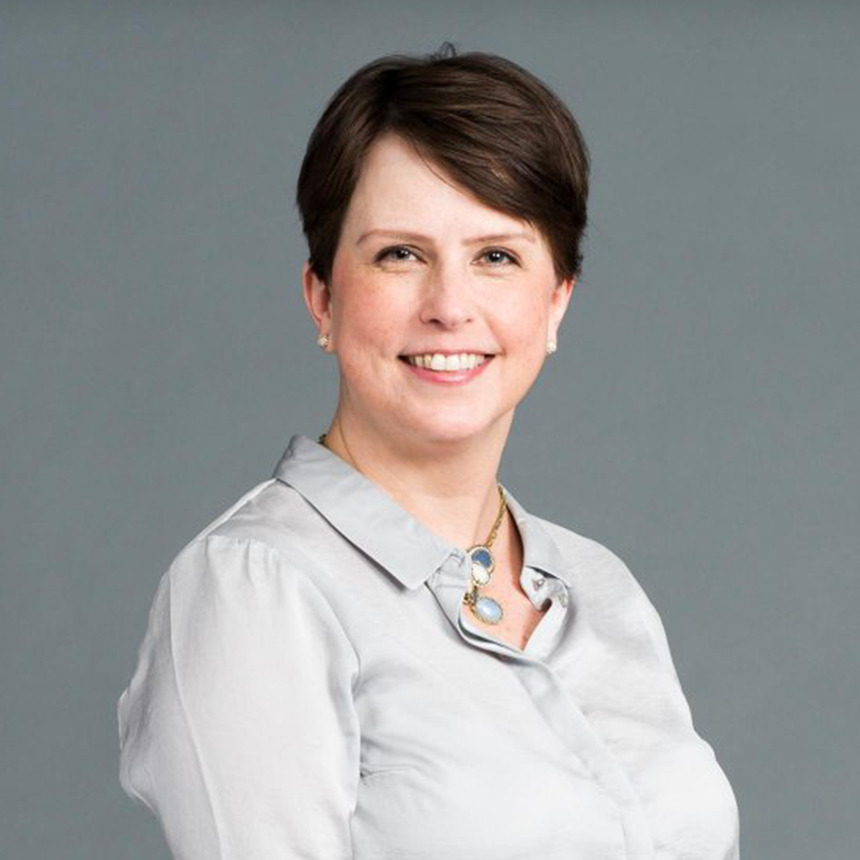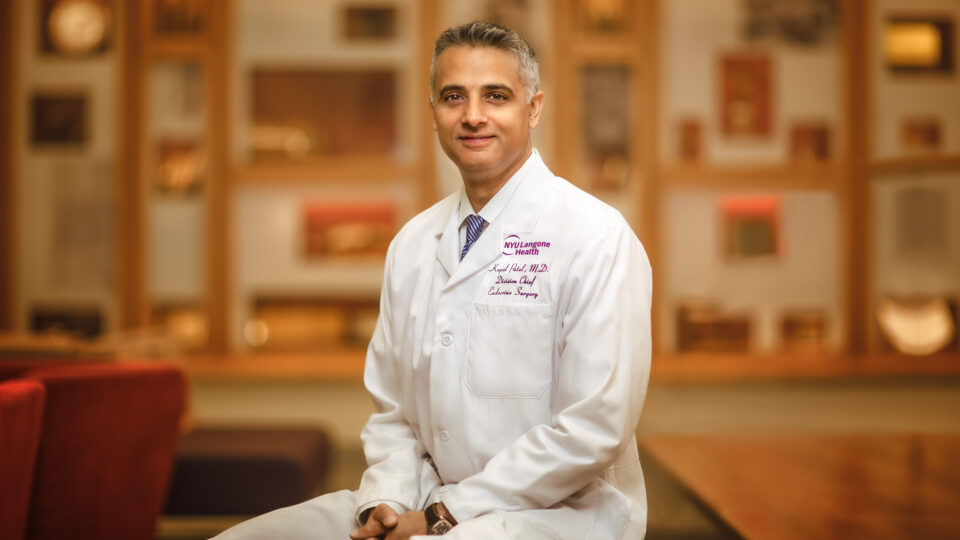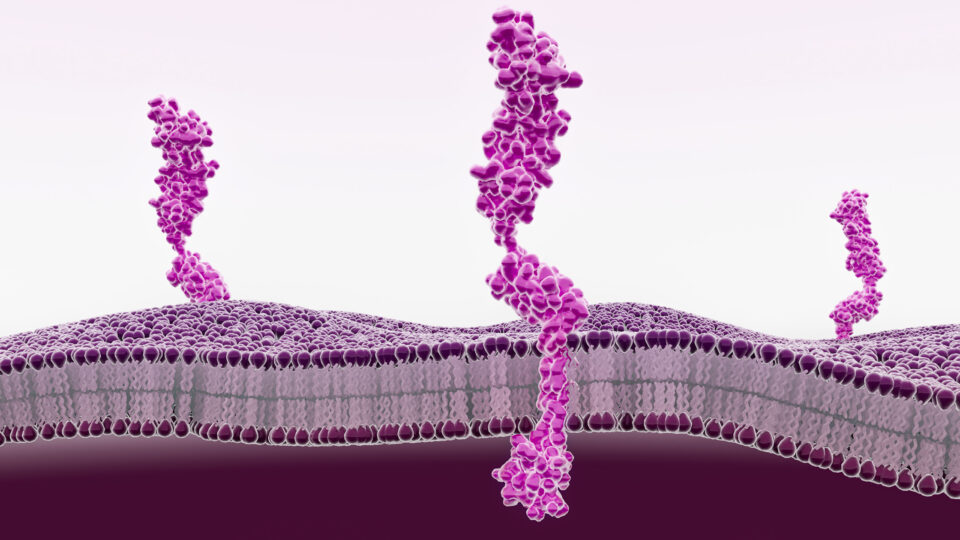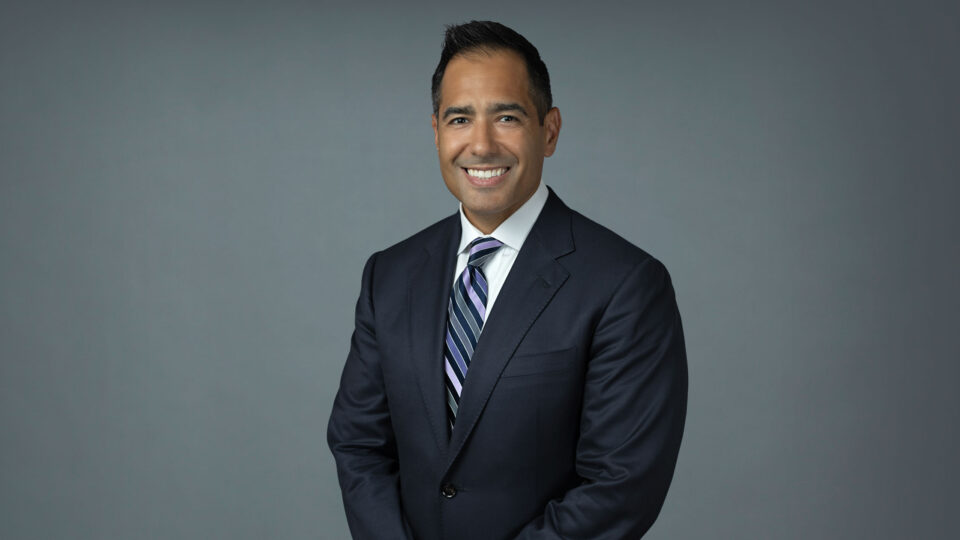The Pediatric Diabetes Center at Hassenfeld Children’s Hospital at NYU Langone is a leader in diabetes care nationwide. One of 33 pediatric programs in the T1D Exchange Quality Improvement Collaborative, the center’s success in achieving excellent glycemic outcomes is the result of deliberate planning, hard work, and collaboration.
Here, pediatric endocrinologist and center director Mary Pat Gallagher, MD, who is also director of the Division of Pediatric Endocrinology and Diabetes, discusses the distinctive features—shaped by Hassenfeld Children’s Hospital child- and family-centered approach to care—that position it as a top choice and model for pediatric diabetes management.
Physician Focus: You’ve led the Pediatric Diabetes Center since 2016. What keeps you motivated today?
Dr. Gallagher: Managing diabetes in children and adolescents presents unique challenges compared with adults. Things like family dynamics, developmental stages, self-care skills, and supervision in educational environments are among the unique factors that must be considered. What keeps me going after more than two decades of practice is helping patients and families navigate the complexities of care.
“What I find most rewarding is when a family expresses their relief and reduced stress after interacting with our team.”
Mary Pat Gallagher, MD
Along with that, what I find most rewarding is when a family expresses their relief and reduced stress after interacting with our team. We have a unique collaboration with our KiDS of NYU Foundation Integrated Behavioral Health Program, which provides on-site mental health services within the center. We want to provide families with support and education as part of their care in a field that is rapidly changing. That’s why the quest to improve the quality of the care we deliver never ends.
Physician Focus: The center has achieved outstanding glycemic outcomes for patients with type 1 diabetes (T1D). What actions are driving these results?
Dr. Gallagher: First and foremost, we strongly support the use of the latest diabetes technology. We recommend that all of our patients with T1D use a continuous glucose monitoring device and hybrid closed-loop insulin pump. In New York State, public insurance has covered diabetes devices for years. We are in a fortunate position to have this benefit, unlike many other states.
| Measure | T1D Collaborative Goal | Hassenfeld Children’s Hospital | |
| Outcome Measures | HbA1c < 7% | 25% | 44% |
| Median HbA1c | <8 % | 7.3% | |
| Time in Range >70% | >25% | 34% | |
| Process Measures | CGM use | >70% | 94% |
| Pump Use | >65% | 85% |
Under our protocols, patients are placed on sensors right after diagnosis. Within six weeks of diagnosis, most patients will be using a hybrid closed-loop insulin pump. By making the use of technology standard, we have been able to help families achieve excellent glycemic outcomes.
There is still ample opportunity to enhance patient outcomes. My expectation is that outcome measures will continue to improve as we develop new interventions and refine technologies, in addition to sharing best practices with each other through efforts like the T1D Collaborative.
Physician Focus: Education and patient support are also central to the center’s success. Can you tell us about these efforts?
Dr. Gallagher: Our education and training start at the time of diagnosis and continue over the course of our relationship with the person with diabetes. The goal is to equip patients and their families with the necessary self-management skills. Our team personalizes diabetes education based on the patient’s age, language, family dynamics, and support system. We also focus on identifying and addressing differences in learning styles and neurocognitive challenges. This allows us to modify education and management tools based on the needs of each individual.
“Our team personalizes diabetes education based on the patient’s age, language, family dynamics, and support system.”
We also have the Helping Schools Care for Children with Type 1 Diabetes program, which equips school nurses and staff with the knowledge and training they need to support students with T1D. Our certified diabetes care and education specialists visit our patients’ schools to deliver this crucial education, ensuring children and adolescents with T1D can succeed during the school day. To date, the team has provided education and support for over 280 schools and daycare facilities throughout New York, New Jersey, and Connecticut.
Last, we aim to be easily accessible to patients and their families, offering various communication channels to reach us, including text messaging during daytime hours. Research indicates that providing accessible care and timely responses to questions enhances a patient’s self-efficacy and ability to manage their condition independently.
Physician Focus: Regarding new interventions, the Pediatric Diabetes Center is among the few pediatric centers nationwide offering teplizumab. What has the center’s experience been in treating patients with this drug?
Dr. Gallagher: The FDA recently approved teplizumab, the first disease-modifying treatment for T1D—it’s truly a milestone in both research and clinical practice. While it’s not a cure, the CD3-directed antibody was shown to delay progression to stage 3 T1D in both adults and children age 8 years and older who had stage 2 preclinical T1D—defined as two positive antibodies and dysglycemia.
The antibody is infused once daily for 14 consecutive days. Close supervision is required for people receiving this therapy, and given the specifics around dosing and administration, not all centers possess the specialized expertise to offer the treatment. Patients have been referred to us by many hospitals in the local area.
Side effects are usually mild but can be significant, and consist of cytokine release syndrome, low white blood cell counts, and liver enzyme elevations. Anecdotally, most patients who have received the therapy seem to have tolerated it well.
Physician Focus: Finally, what does the open discussion and support from the T1D Collaborative mean to you and your peers?
Dr. Gallagher: We are truly grateful for the continued support of the collaborative. From every part of the country, participating clinics are focused on one thing—improving the quality of life and overall health of youth and adults living with T1D. In a brief span of time, the learning collaborative has grown tremendously and is proving its ability to positively impact the lives of people living with diabetes.


